In today’s fast-paced world, finding time to truly connect as a family can feel like a challenge. Between work, school, extracurricular activities, and personal commitments, life can become a whirlwind of constant motion. But what if there was a way to simplify things and create more time for meaningful moments? The secret lies in building a family routine—a structure that not only eases the daily chaos but also strengthens relationships. With the right approach, a well-planned routine can help everyone feel more grounded, focused, and connected. Here's how you can build a family routine in five simple steps.
Understanding the Importance of a Family Routine
Before diving into the how, it’s crucial to understand the why behind creating a family routine. The beauty of a routine lies in its ability to bring structure to the unpredictability of daily life. A family routine benefits everyone in the household by offering a sense of stability and reducing mental clutter. When everyone knows what to expect and when, it becomes easier to navigate the day with less stress and more focus.
Routines also foster productivity. When each family member has a clear understanding of their tasks, commitments, and expectations, they can move through the day more efficiently. Furthermore, routines create opportunities for quality family time by allocating specific moments for connection—whether it’s around the dinner table, during playtime, or before bed. In essence, a family routine doesn’t just streamline the day; it enhances the overall well-being of everyone involved.

Step 1: Identify Your Family’s Needs and Commitments
The first step in building an effective family routine is understanding your family’s needs and commitments. Every family is unique, and what works for one may not work for another. Begin by assessing the daily schedules of each family member. Does someone have early morning meetings? Is there an after-school program to attend? Are there moments when everyone can be at home together? Identifying these time slots will help you understand when your family is most available and when they’re busiest.
You’ll also want to take into account individual preferences and needs. For instance, younger children might need more structure during the day, while older teens may crave more independence. Parents, too, have varying demands depending on work schedules, personal activities, or even self-care routines. It’s important to consider these differences so that you create a routine that works for the entire family, not just one person.
Step 2: Set Realistic and Achievable Family Goals
Once you have a clearer picture of your family’s commitments, it’s time to establish goals. This is where you can align your routine with the values and priorities of your family. Maybe your goal is to have a family dinner together every evening or to dedicate weekends to outdoor activities. Whatever your goals are, be sure they’re realistic and achievable. Set goals that are specific and measurable, so you can track your progress and feel motivated along the way.
When setting goals, it’s important to keep things balanced. Overloading the schedule with too many lofty expectations can lead to burnout. Focus on small, manageable changes that will make a positive impact on your family’s day-to-day life. For example, rather than aiming for a perfectly organized home, you could set a goal to spend just 10 minutes every evening tidying up as a family. These little changes add up and contribute to a smoother routine.
Step 3: Create a Flexible but Structured Schedule
Now that you’ve identified your family’s needs and goals, it’s time to craft a schedule that reflects them. The key here is balance—you want a routine that’s structured enough to keep everyone on track, but flexible enough to accommodate the inevitable surprises that come with family life. For instance, mornings might be hectic, so you could allocate extra time for breakfast or for packing bags. Alternatively, evenings might require more relaxation, so you can leave space for winding down as a family.
Flexibility is especially important for families with younger children or more unpredictable schedules. A rigid routine can quickly lead to frustration, while a flexible routine allows for adjustments when needed. For example, if a family member has an unexpected work deadline or the weather changes and outdoor plans are no longer feasible, you can easily switch things up without breaking the flow of the day. The key is to create a balance that feels sustainable for everyone.

Step 4: Foster Teamwork and Shared Responsibilities
A family routine isn’t just about managing time; it’s also about managing roles and responsibilities. Everyone in the family should feel like they are contributing to the overall flow of the day. This not only lightens the load but also fosters a sense of teamwork and accountability.
Start by assigning age-appropriate tasks to each family member. Younger children can help set the table, older children can manage their own schoolwork or assist with household chores, and parents can coordinate and oversee family activities. When everyone pitches in, there’s a shared sense of ownership over the routine, which strengthens the family dynamic.
Moreover, fostering teamwork within your routine can help ease tensions and reduce stress. With everyone working together toward the same goals, you’ll find that small frustrations—such as running late or forgetting a key task—become easier to handle. Plus, accomplishing tasks as a family brings a sense of pride and accomplishment.
Step 5: Consistency is Key but Be Ready to Adjust
Consistency is the backbone of any family routine. When everyone knows what to expect each day, it fosters a sense of security and helps children feel more confident in their environment. However, life is never completely predictable, so it’s important to remain flexible and adjust your routine as needed.
Regular check-ins are an effective way to ensure that the routine is still working for everyone. If something isn’t quite right—whether it’s an overly tight schedule or too much downtime—be open to making adjustments. For example, if your current routine isn’t leaving enough time for self-care or family bonding, shift things around to create more space for those activities.
It’s also important to acknowledge that some days won’t go according to plan—and that’s okay. The beauty of a routine is that it’s a guide, not a set of rules. Allow yourself to adjust as necessary, and remember that consistency will return as you continue to refine your routine.
Tips for Maintaining a Long-Term Family Routine
Building a family routine is just the first step; maintaining it requires commitment and motivation. Keep the routine fresh and exciting by incorporating fun activities that everyone can look forward to. You might schedule a weekly movie night, an outdoor adventure, or a special meal together. Celebrate small milestones, such as sticking to your routine for a week or having consistent family time every day for a month.
If challenges arise, don’t be afraid to reassess and tweak your routine. Life changes, and so do your family’s needs. Whether it’s a new school year or a change in your work schedule, stay open to evolving the routine so it remains effective. Over time, your family will learn to flow with the routine, making it a natural part of your lives.

How a Family Routine Creates Stronger Connec
Perhaps the most rewarding aspect of building a family routine is the connection it nurtures. By spending more time together and sharing daily activities, family members strengthen their relationships and improve communication. A routine gives everyone the opportunity to connect regularly, whether it’s through a shared task, meal, or moment of relaxation.
This connection fosters a sense of support and understanding, which helps families weather life’s challenges together. A routine doesn’t just organize your day—it brings your family closer, creating a foundation of love, cooperation, and mutual respect.
By following these five simple steps, you can build a family routine that transforms everyday chaos into a harmonious and fulfilling lifestyle. The result? A smoother, happier day for every family member, with more time to enjoy each other’s company.
Frequently Asked Questions
1. Why is a family routine important for our daily life?
A family routine helps reduce stress, create structure, and increase productivity. It ensures that everyone knows what to expect, which minimizes chaos and makes daily tasks more manageable. Additionally, a consistent routine fosters family bonding and provides more opportunities for quality time together. By sticking to a routine, families can balance work, school, and personal time while maintaining a healthy and organized lifestyle.
2. How do I start building a family routine that works for everyone?
To create a family routine that works for everyone, start by assessing each family member’s schedule and commitments. Identify key activities, such as work, school, meals, and downtime, and determine the best times to fit them into the day. Next, set realistic goals for each member based on their needs and capabilities. Make sure to incorporate flexibility, as routines need to adapt to life’s unexpected events. The key is to build a schedule that promotes balance, cooperation, and quality family time.
3. What are some common mistakes to avoid when creating a family routine?
One common mistake is making the routine too rigid. While consistency is important, it's also crucial to allow for flexibility to handle unexpected changes. Another mistake is overloading the schedule with too many activities, which can lead to burnout. It's also essential to ensure that every family member has a role and responsibility, so no one feels overwhelmed. Finally, forgetting to review and adjust the routine periodically can cause it to become outdated or ineffective over time.
4. How can I ensure my kids stick to the family routine?
To help your kids stick to the family routine, involve them in the planning process. Let them know why the routine is beneficial for everyone and encourage them to take ownership of certain tasks. Make the routine fun and interactive, with incentives for meeting goals or milestones. Consistency is key—reinforce the routine with regular check-ins and gentle reminders. As your kids get older, you can give them more autonomy and flexibility within the routine to help them stay engaged.
5. Can a family routine be flexible enough for busy schedules?
Yes! A family routine can and should be flexible to accommodate busy schedules. The goal is to create a structure that works for everyone while leaving room for adjustments when needed. For example, if a family member has an unexpected work meeting or extracurricular activity, you can shift the schedule around without disrupting the entire day. The key is to build a routine that is adaptable and allows for spontaneous changes while still maintaining consistency where it matters most.






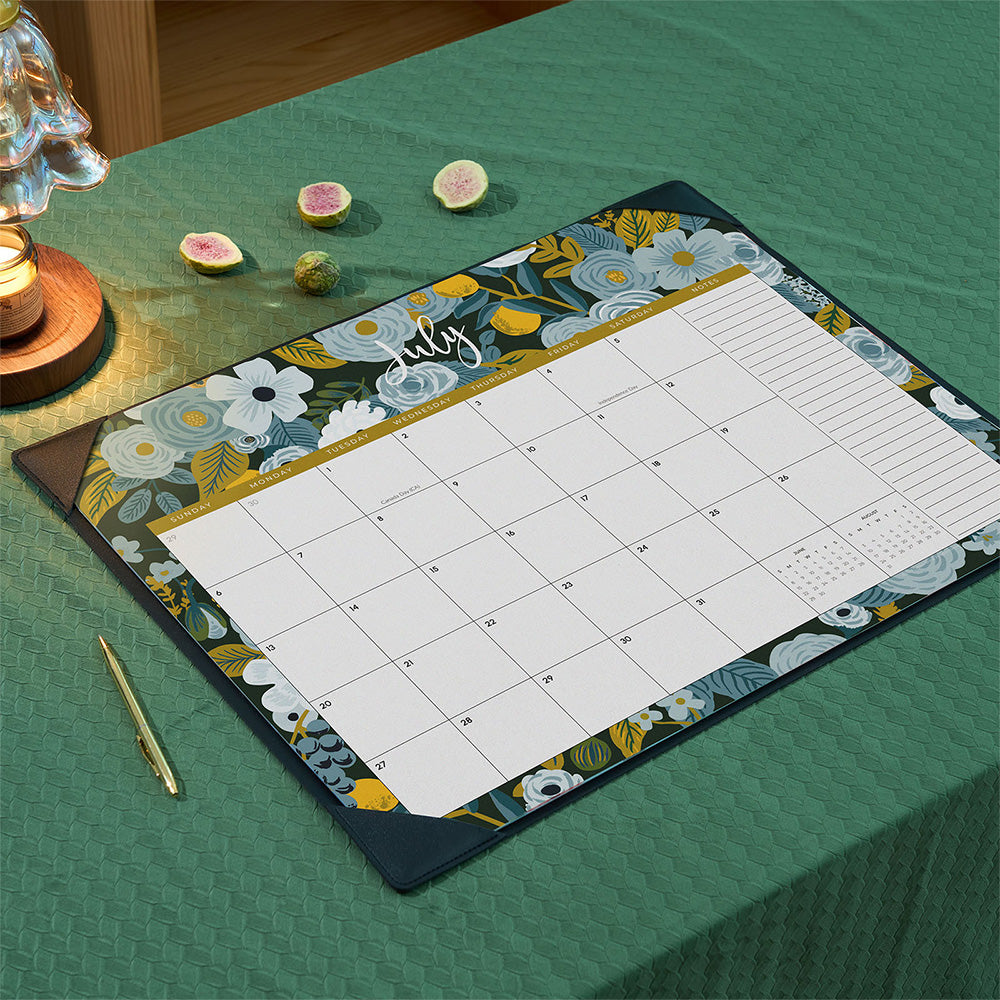


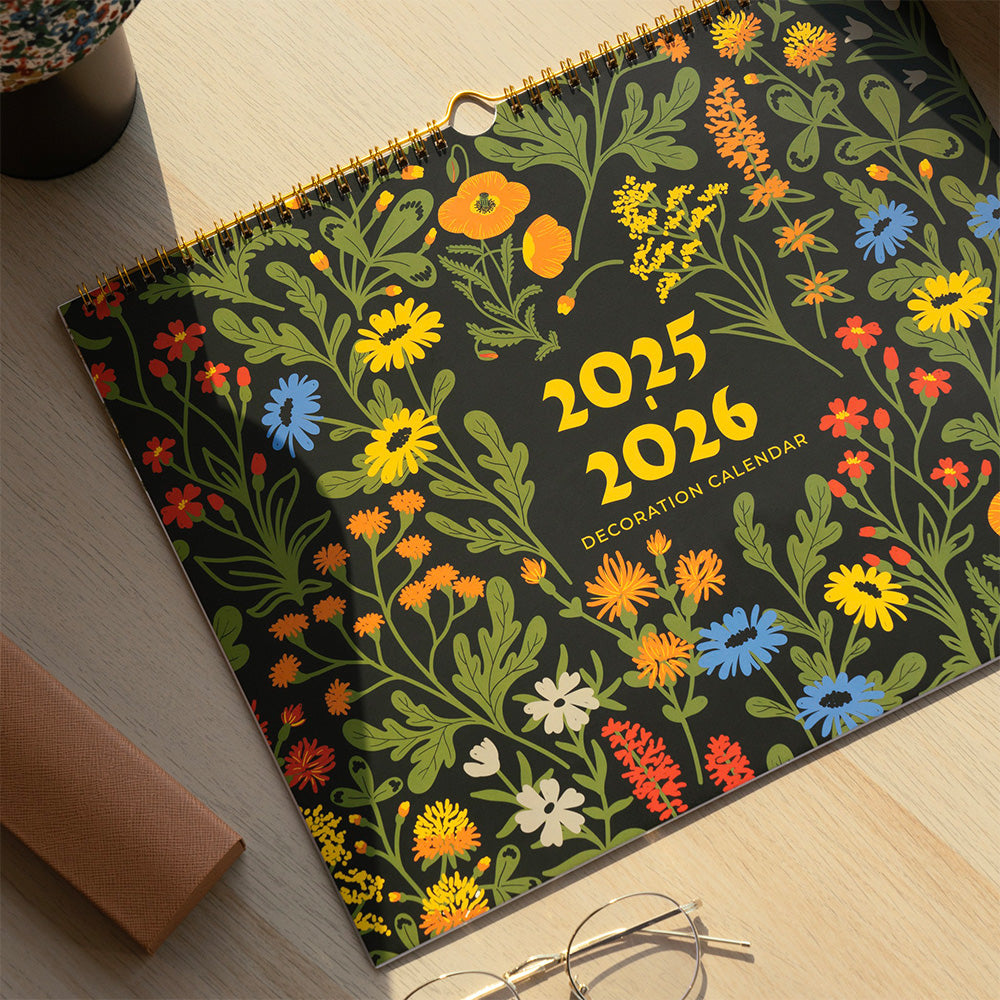


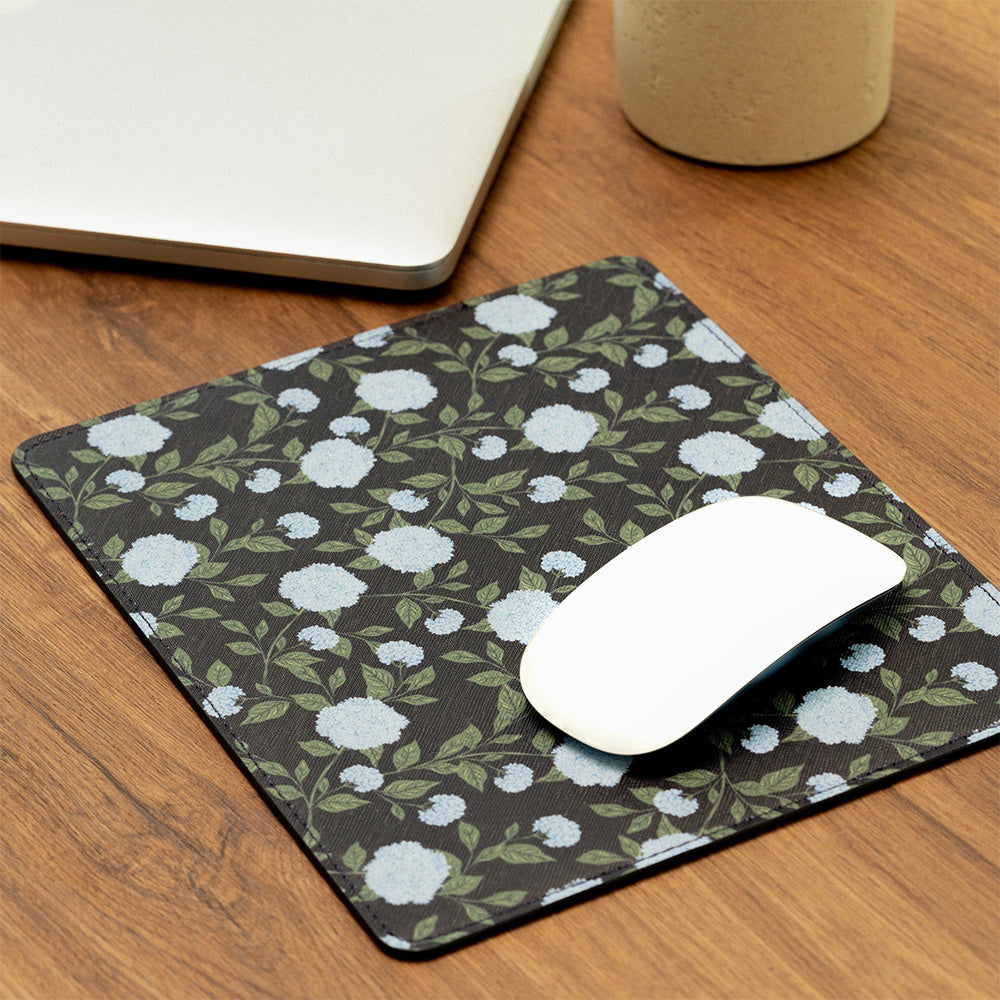
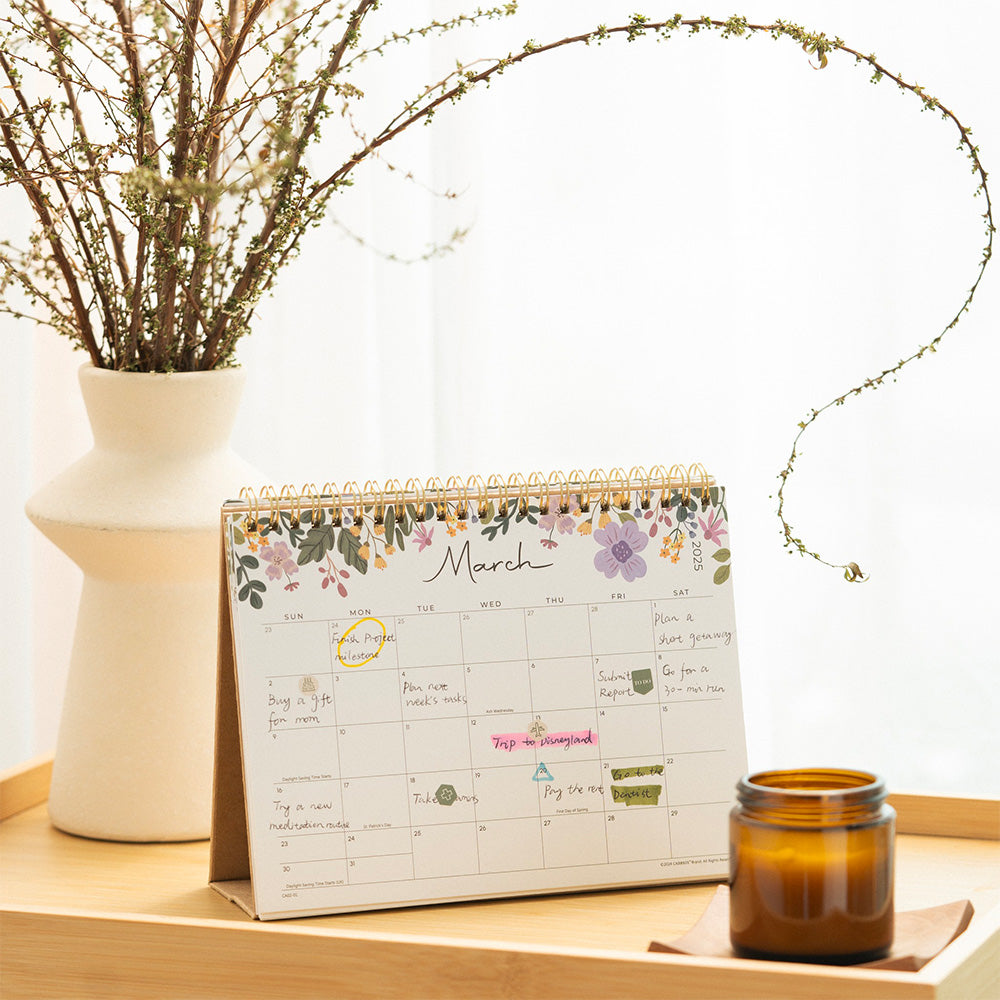

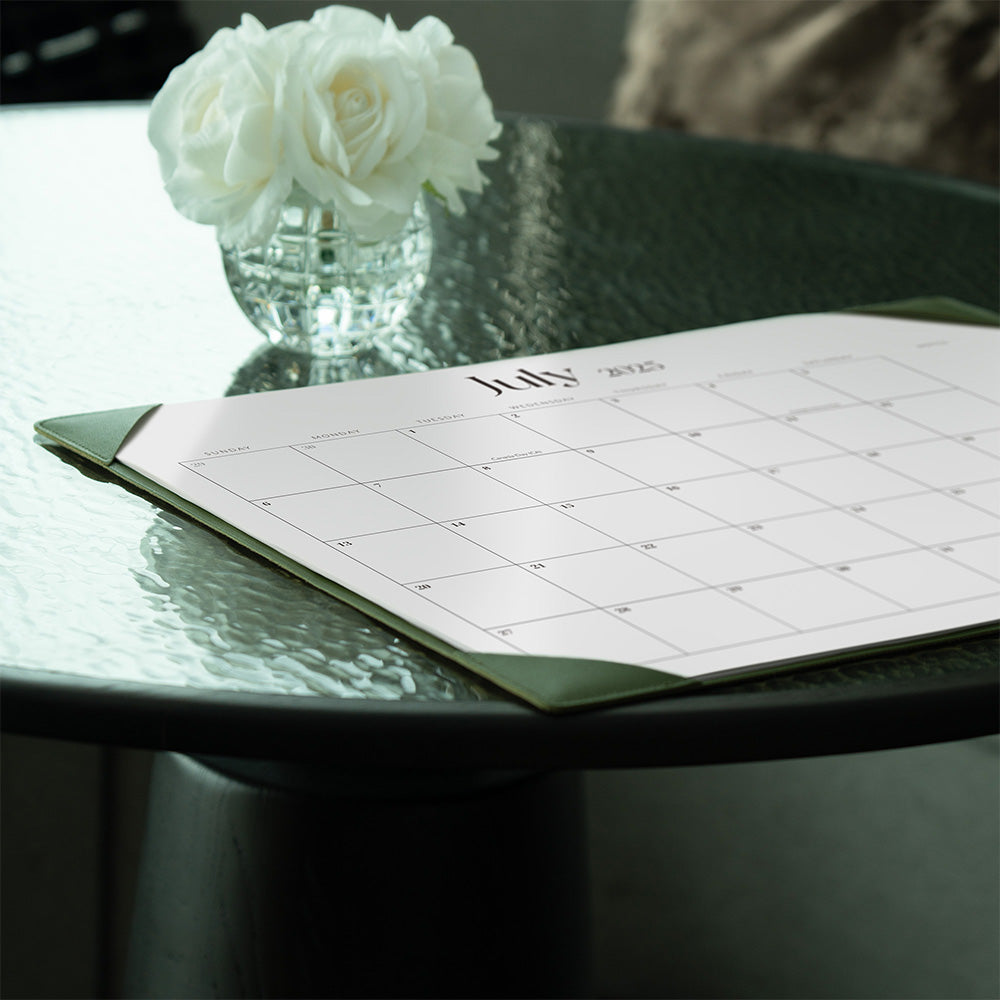

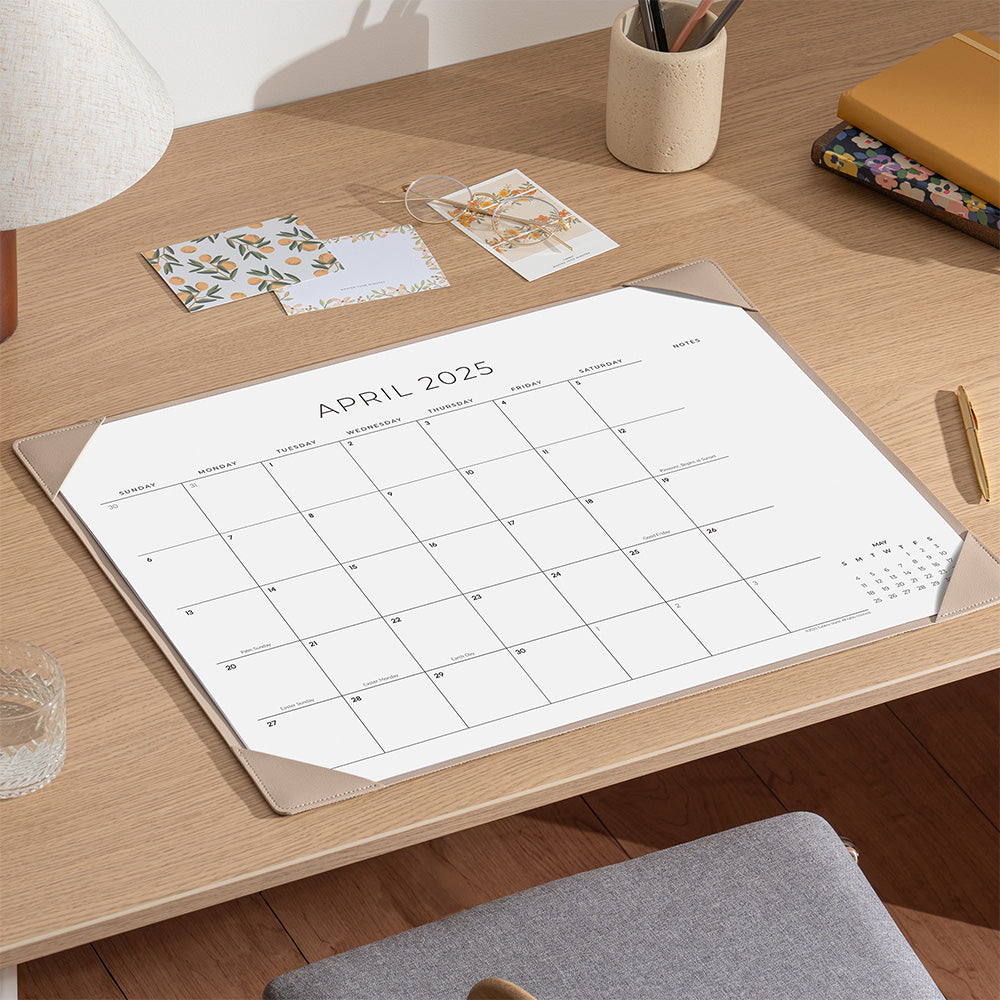

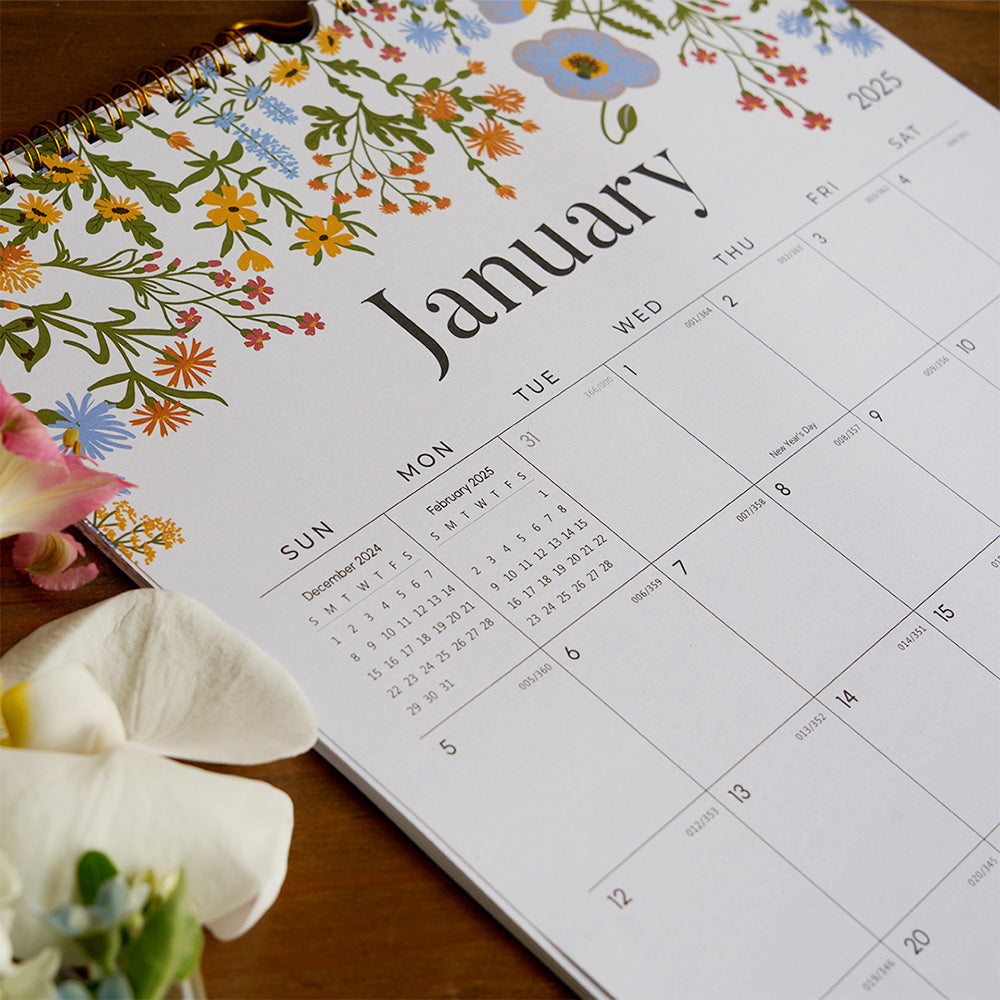
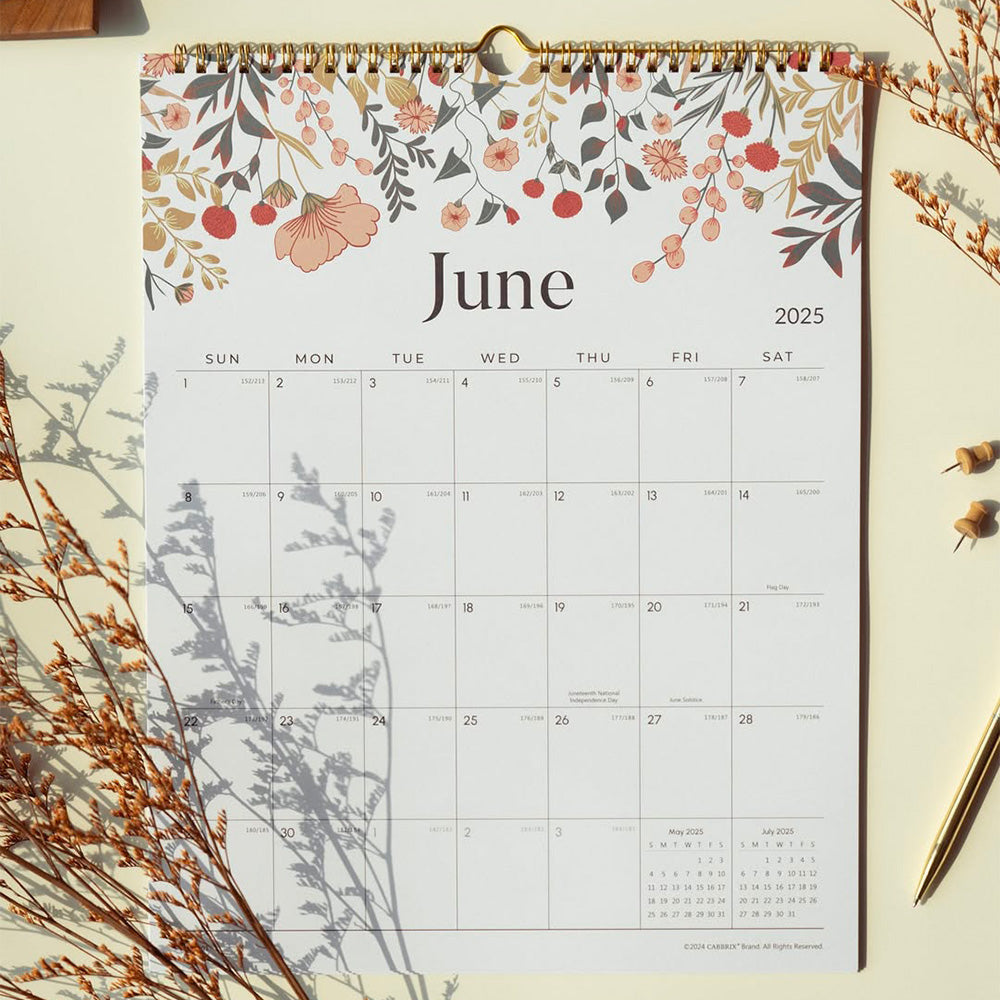
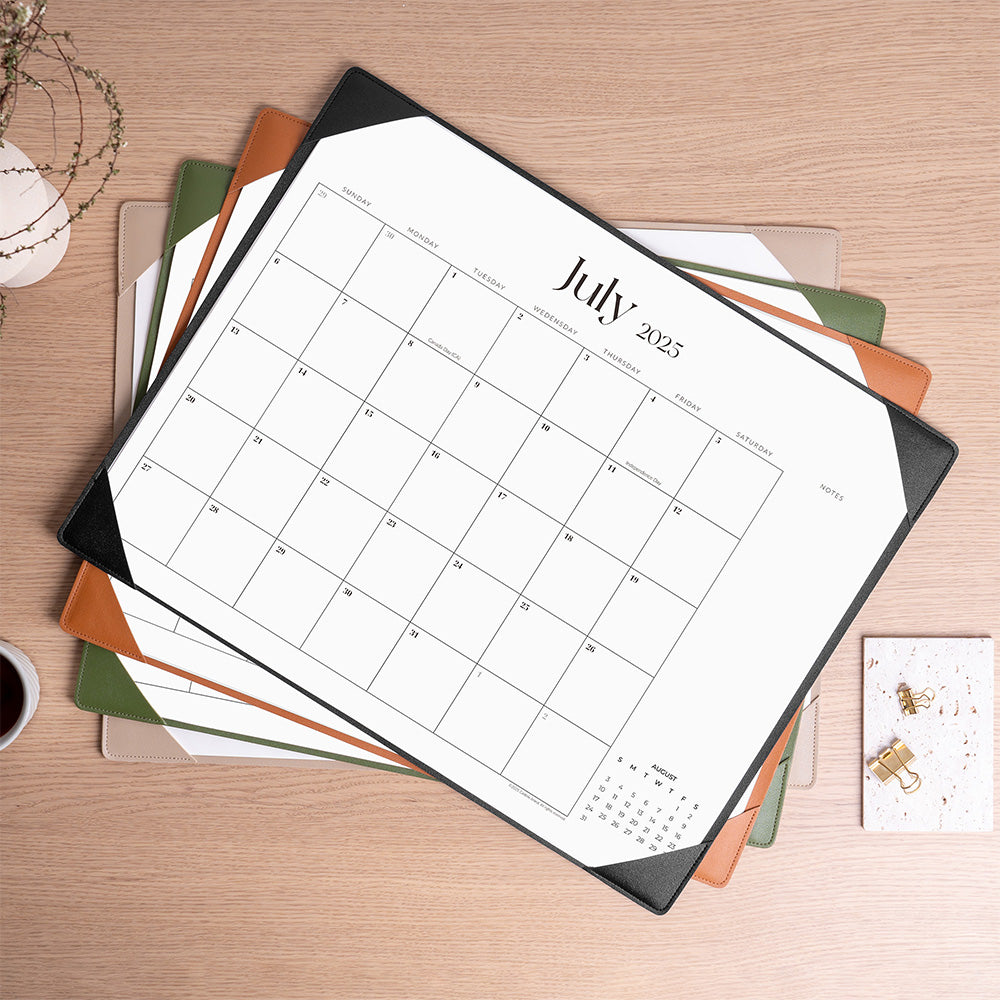


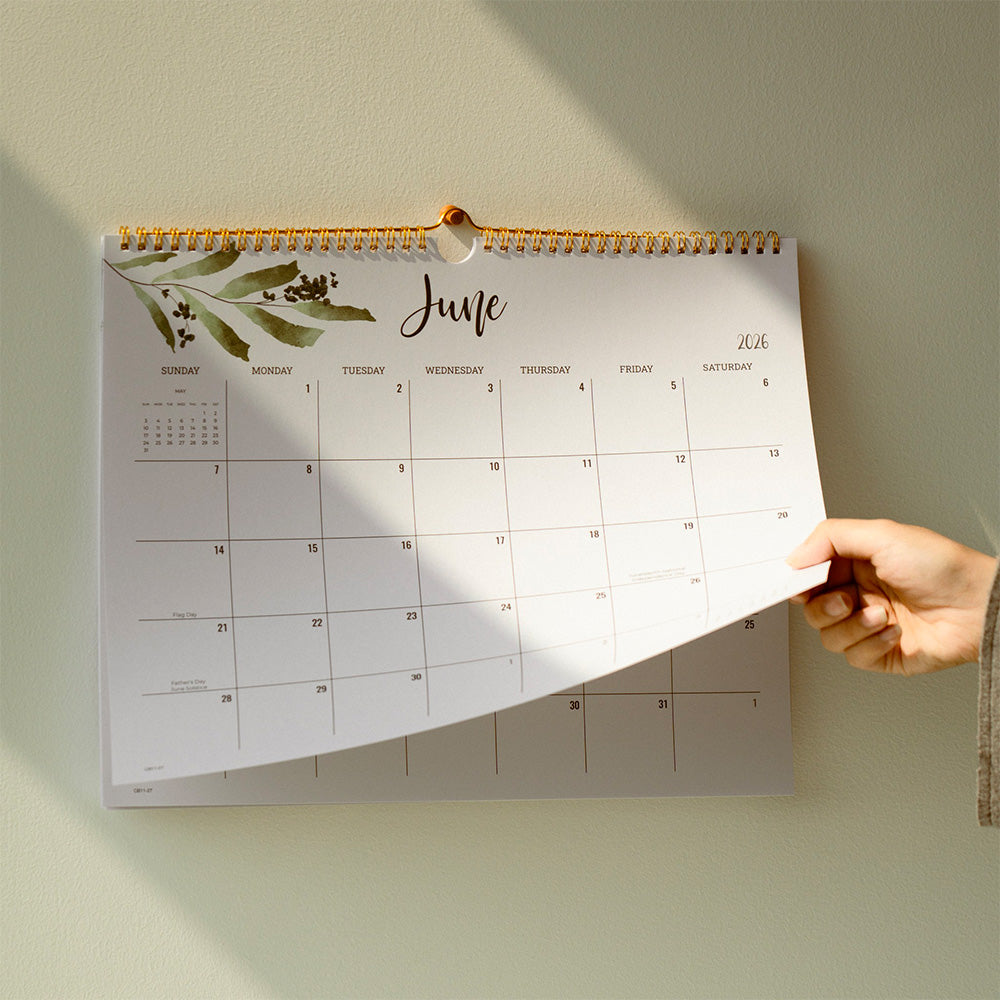

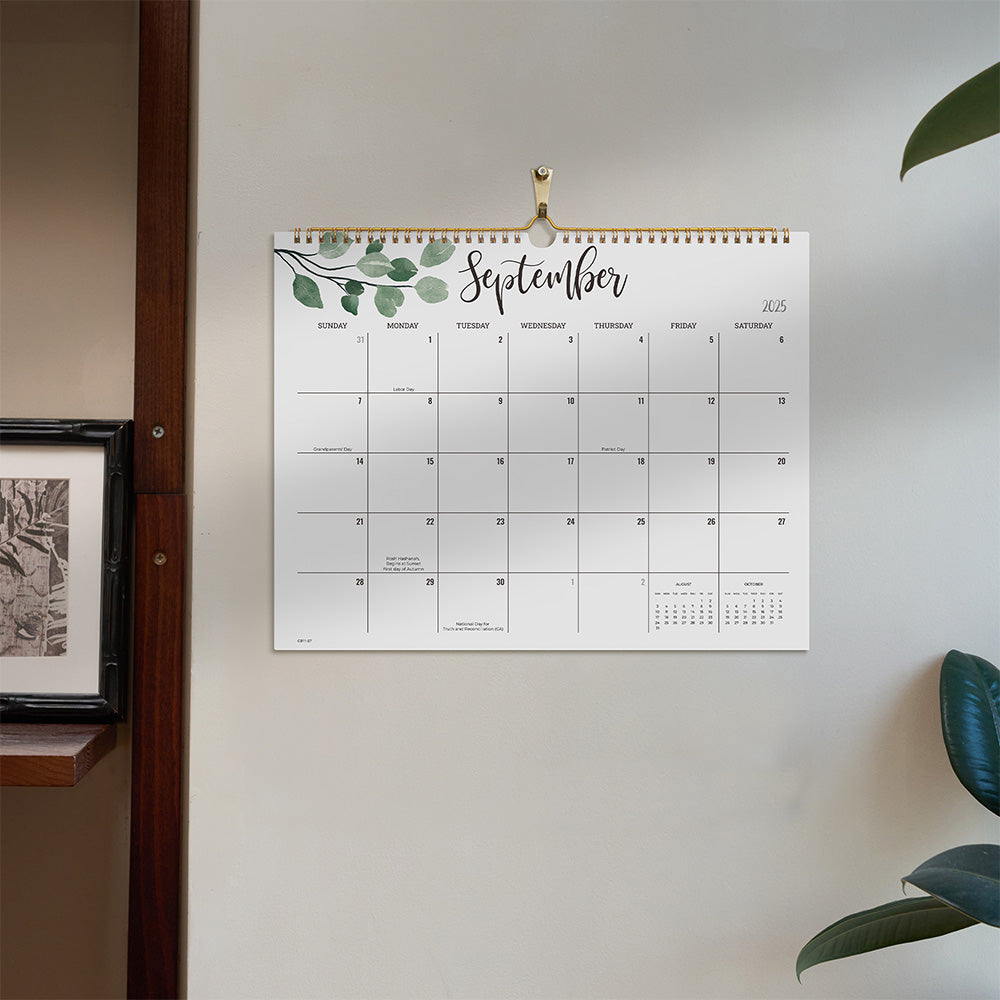
Leave a comment
This site is protected by hCaptcha and the hCaptcha Privacy Policy and Terms of Service apply.